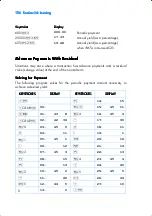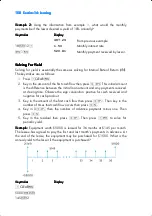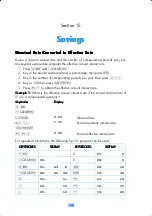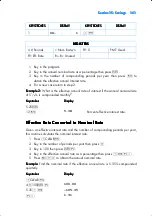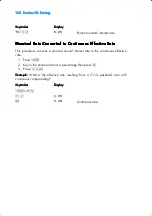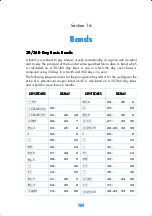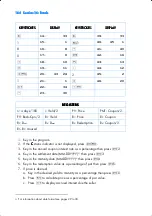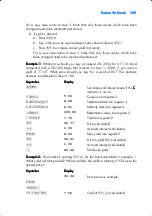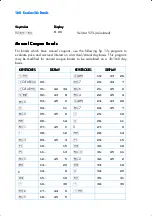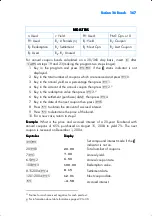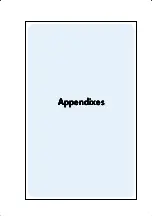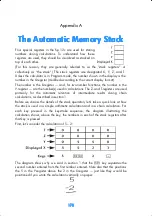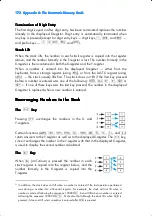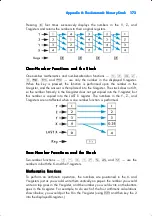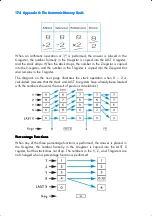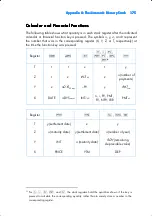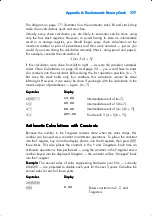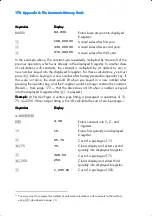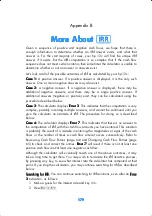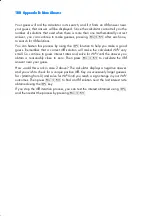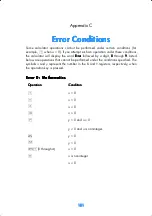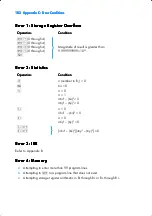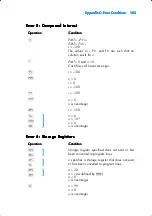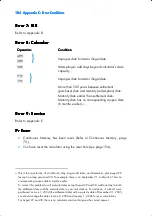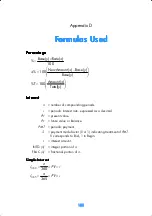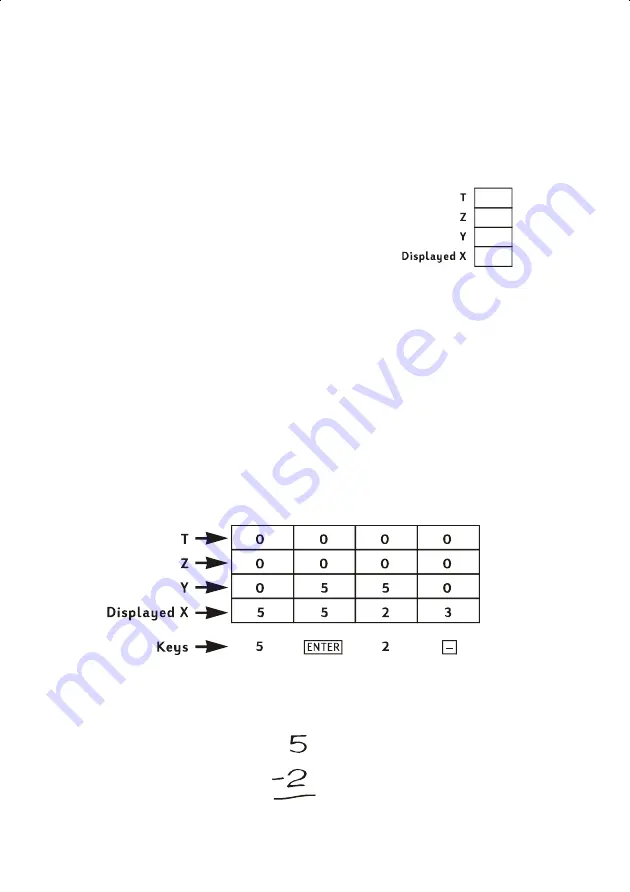
170
170
170
170
File name: HP 12c+_user's guide_English_E_HDP0F12AE03_062608 - Modified.doc
Page: 170 of 213
Printed Date: 2021/6/16
Dimension: 14.8 cm x 21 cm
Appendix A
The Automatic Memory Stack
The Automatic Memory Stack
The Automatic Memory Stack
The Automatic Memory Stack
Four special registers in the hp 12c are used for storing
numbers during calculations. To understand how these
registers are used, they should be visualized as stacked on
top of each other.
(For this reason, they are generally referred to as the “stack registers” or
collectively as “the stack.”) The stack registers are designated X, Y, Z, and T.
Unless the calculator is in Program mode, the number shown in the display is the
number in the X-register (modified according to the current display format).
The number in the X-register — and, for two-number functions, the number in the
Y-register — are the number(s) used in calculations. The Z- and T-registers are used
primarily for the automatic retention of intermediate results during chain
calculations, as described in section 1.
Before we discuss the details of the stack operation, let’s take a quick look at how
the stack is used in a simple arithmetic calculation and in a chain calculation. For
each key pressed in the keystroke sequence, the diagram illustrating the
calculation shows, above the key, the numbers in each of the stack registers after
that key is pressed.
First, let’s consider the calculation of 5 – 2:
The diagram shows why we said in section 1 that the
\
key
separates
the
second number entered from the first number entered. Note also that this positions
the 5 in the Y-register above the 2 in the X-register — just like they would be
positioned if you wrote the calculation vertically on paper:
Summary of Contents for 0012C-90001
Page 1: ...hp 12c financial calculator user s guide H Edition 5 HP Part Number 0012C 90001 ...
Page 14: ......
Page 15: ...Part I Part I Part I Part I Problem Solving Problem Solving Problem Solving Problem Solving ...
Page 86: ......
Page 87: ...Part II Part II Part II Part II Programming Programming Programming Programming ...
Page 123: ...Part III Part III Part III Part III Solutions Solutions Solutions Solutions ...
Page 169: ...Appendi Appendi Appendi Appendixes xes xes xes ...

